Can Starbucks succeed in Italy?
- Published
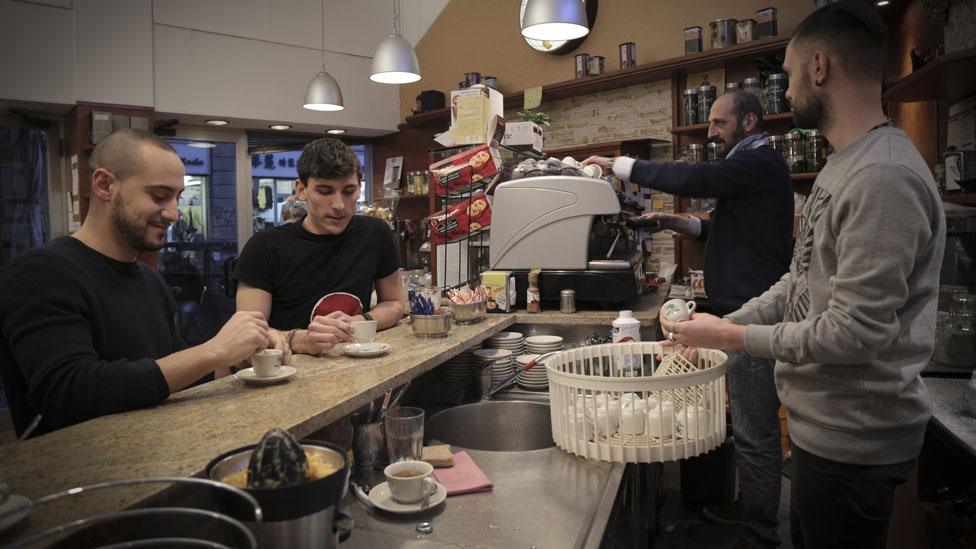
A few days ago, Starbucks announced it would be opening its first branch in Italy, the country which inspired its founder, Howard Schultz, to set up the chain in the first place. It will open in Milan in early 2017- but can it work? Dany Mitzman in Bologna thinks it can.
I have always been amazed and amused by the number of variations you can have on a simple caffe.
A caffe in Italy is always an espresso. A cappuccino is seen as something completely different - a breakfast drink no normal person would want after about 11am. But there is almost as much variety in the Italian espresso as in the Starbucks range of coffee-based drinks.
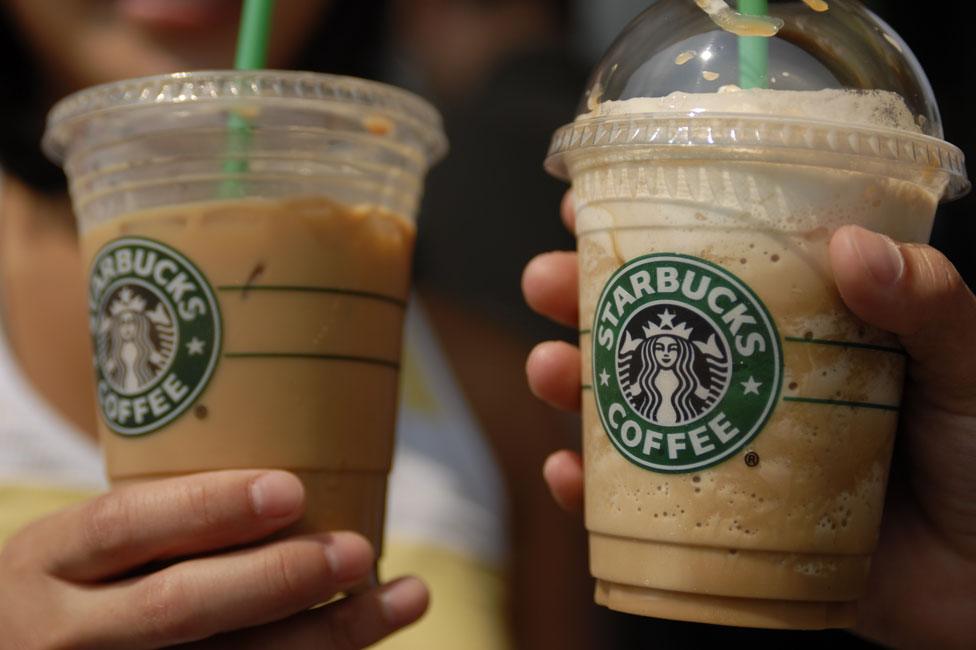
You can have it macchiato - stained with milk; corretto - with a dash of grappa; lungo - with a bit more liquid in the cup; or ristretto - super-concentrated.
When I go out for lunch with friends here, I always feel the coffee order must strain the patience of the waiter or waitress. A decaffeinated macchiato with cold milk, a regular espresso with frothed milk, a caffe molto ristretto… All extracted from the same machine and served in the same little cup, but in infinite varieties.
Interestingly, in Italian you don't "drink" coffee, you "take" it - like a dose of medicine - perhaps because it's so small.
And Italians most often have it standing at the bar rather than sitting at a table (where it may cost two or three times as much). If wine is the national drink, coffee punctuates the day - the mid-morning comma, the full-stop at the end of a meal.
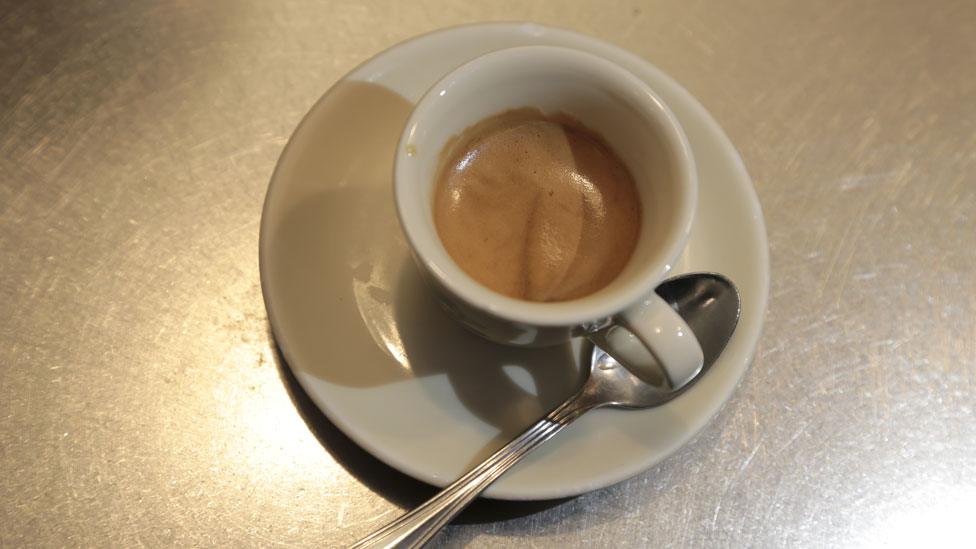
"We are coffee snobs," says psychologist Paolo Vergnani, who drinks 10 espressos per day.
"When people come back from a trip abroad, the question is, 'How was the coffee?' and usually the answer is, of course, 'Awful.'"
For Paolo, the coffee served in Italian bars and the half-litre takeaway hot beverages in a cardboard cup with plastic lid bear no resemblance to each other.
Dare I ask what he thinks of the American model?

Howard Schultz was inspired to found Starbucks after a visit to Milan 33 years ago
"I think it's just a way to keep your hands warm!" he says.
Despite this, Paolo says there is room for Starbucks in Italy.
"There are many places trying to do something like Starbucks. The style is absolutely the same - wi-fi, even the architecture is more or less the same. I think this can be appreciated by young Italians."
He thinks the reason is that it makes them feel more cosmopolitan and globally connected, especially those who have travelled. "It's a way to remember 'I was in New York.'"
This is something I have noticed too. Here in Bologna, the most recent coffee bar to open at the central station has a counter filled with brownies and a variety of muffins. In most large cities you can now find a few American-style coffee bars, offering "novelty coffees" with flavoured mixing syrups and topping sauces, whipped cream or fat-free whipped milk, all adorned with chocolate or nut sprinkles, tiny meringues and even marshmallows.
It's the antithesis of the espresso bar. Because, while some Italians turn their noses up at American culture, others are attracted to it, whether it's popcorn at the movies, Halloween, or cheesecake.
Thirty-six-year-old barista Max agrees that Starbucks will appeal to young Italians as a place to hang out, rather like McDonald's.
"In an international city like Milan, I think it can work. It will probably be full of young people, models and foreigners in town for work," he says.
Would he go?
To a Starbucks abroad, yes. But to one in Italy? Definitely not.
Surprisingly, coffee-drinking is a relatively young tradition in Italy. Before World War Two, it was a luxury import for the wealthy elite, and most Italians stuck to hot drinks made from toasted barley or chicory.
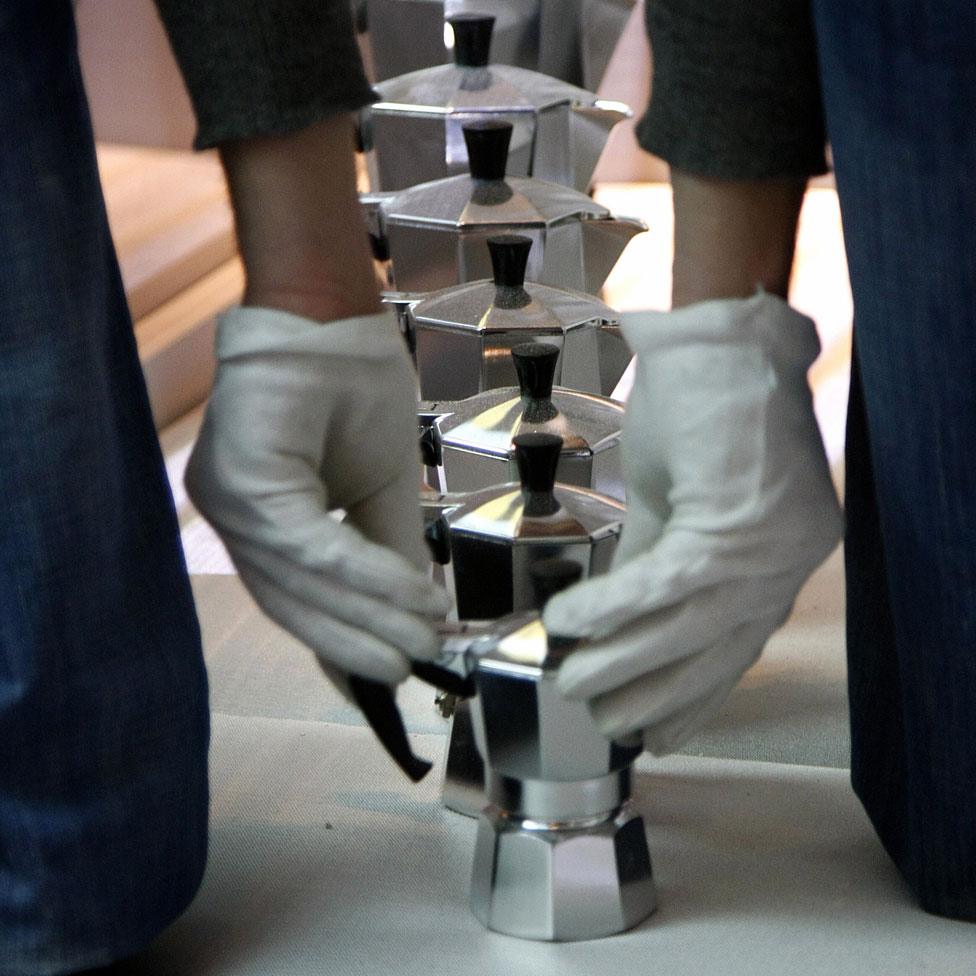
The moka - Italy's classic stove-top espresso machine
But mass production of espresso machines brought affordable coffee to ordinary people, and in no time coffee bars spread across the country. You're never more than 20 paces from one in any Italian town.
I have one just across the street and another one at the corner. The one on the corner has comfy chairs and a Venetian chandelier but the one opposite, like many Italian bars, is a bit shabby - shabby but familiar - and I consider it my "local".
Barista Mimmo greets me by name and indulgently makes me cappuccino - even at 4pm. His customers have watched his little boy grow up, and send him postcards when they go on holiday. And he knows what every regular drinks, right down to their preference for sparkling or still mineral water on the side.
This form of attentive personal service also dates back to the immediate post-war years, according to award-winning barista and all-round coffee specialist Manuel Terzi - when large numbers were moving from the countryside to the city.
"Italian people had to close the tradition of breakfast at home to find a new tradition of breakfast outside home," he says. "So the Italian barista is now the substitute of the mother of the Italian customer. We must be a mamma."

Coffee in Trieste
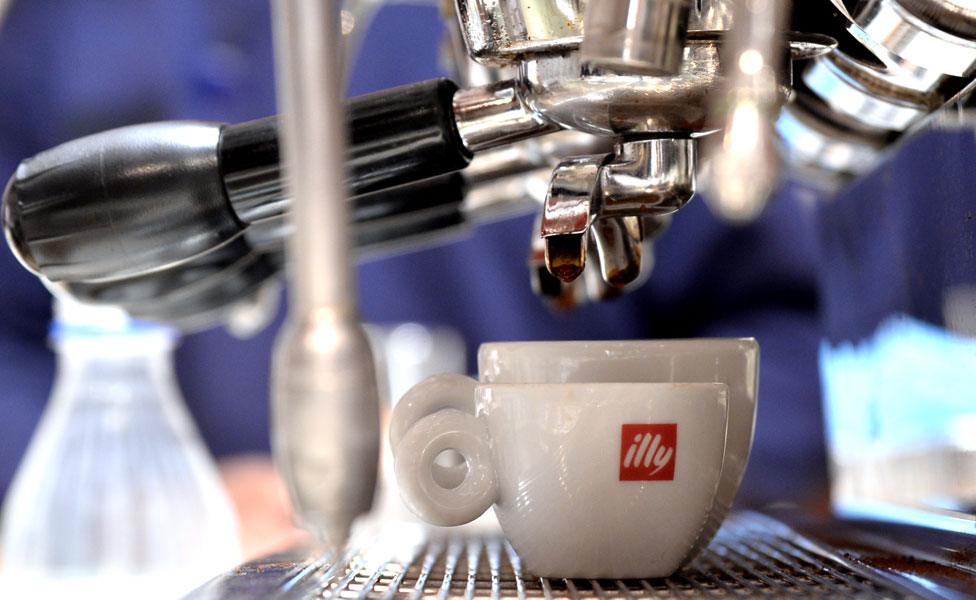
The north-eastern coastal city is the home of Illy Caffé and historically the main place where coffee imports arrive. But beware of the confusing terminology if you go to a Trieste coffee bar.
If you want an espresso, ask for a "nero"
If you want a cappuccino, ask for a "caffe latte"
If you want a macchiato, ask for a "capo" - most locals prefer a "capo in b", which is a macchiato served in a glass cup

On this score, Starbucks will struggle to compete, he says.
"Well, it would be hard, because Starbucks is a factory, it is not home. So Italian coffee drinkers like to go inside the coffee shop and hear the barista call their name. Starbucks has a continuous turnover of people so it will be impossible. Behind the counter today you find five guys, tomorrow five different guys. Italian people want to be pampered."
But Manuel Terzi is not horrified by the idea of Starbucks Italia. Far from it. He is enthusiastic.
He admires the way Americans are striving to master the Italian coffee tradition, and is impressed by their interest in complex and aromatic roasts and blends.
Equally, he is unimpressed by the arrogance of some Italian baristas who, he tells me, often make bad coffee.
"Italian baristas should realise that being Italian doesn't automatically make you a Master Barista. You need study, sacrifice and practice," he says.
There are enough foreigners in Milan for a branch of Starbucks to survive there even without Italian clients, but maybe it will be popular with Italians too, as Paolo Vergnani suggests.
Starbucks cannot compete with the familiarity of the Italian coffee bar, nor the prices. An espresso costs, on average, just under one euro (77p), with no extra charge for a macchiato. A cappuccino costs about one euro and 30 cents (£1). But Italians may go for the "Starbucks experience", opting for "exotic" Frappuccinos rather than a caffe or cappuccino, American-style cakes and cookies, and the assurance of a free wi-fi connection and a comfy armchair.

What do people in Milan think?
MariaGrazia Moncada asked a handful for their views.
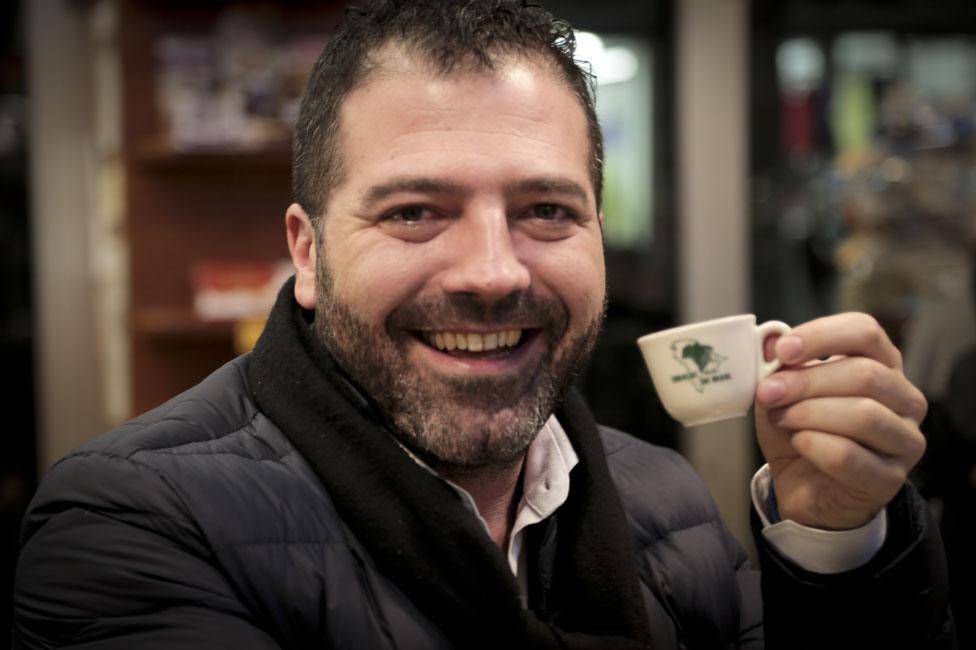
Fabio Mastinu, 38-year-old sales agent: "The thrill of a caffe cannot be diluted!"
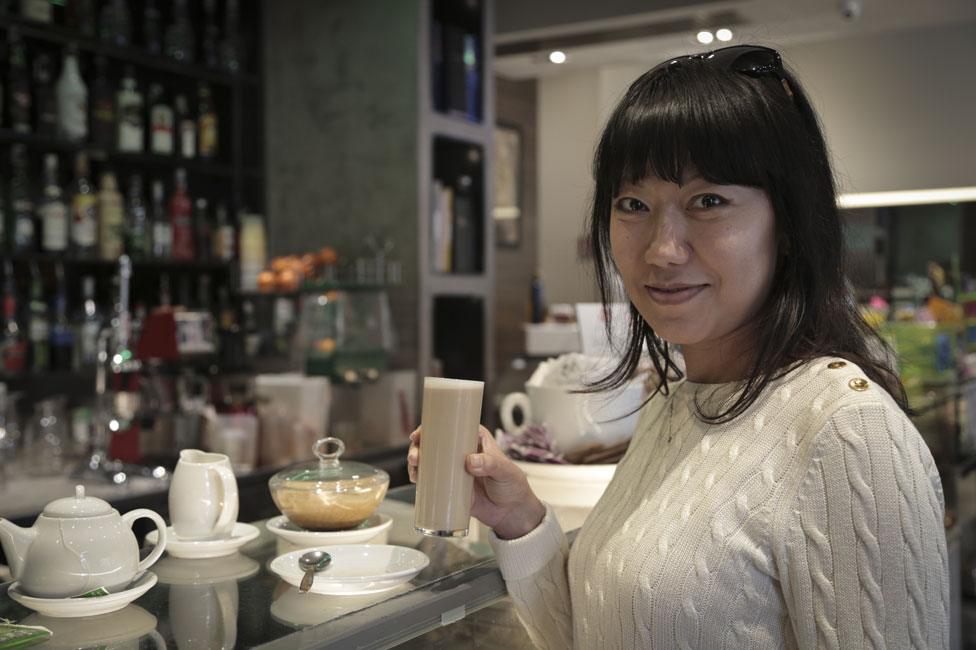
Ainur Pshimova, 35 years old, originally from Kazakhstan: "I can't wait for Starbucks to open in Milan. I really like the Starbucks latte and I haven't been able to find one of the same quality in Italy."
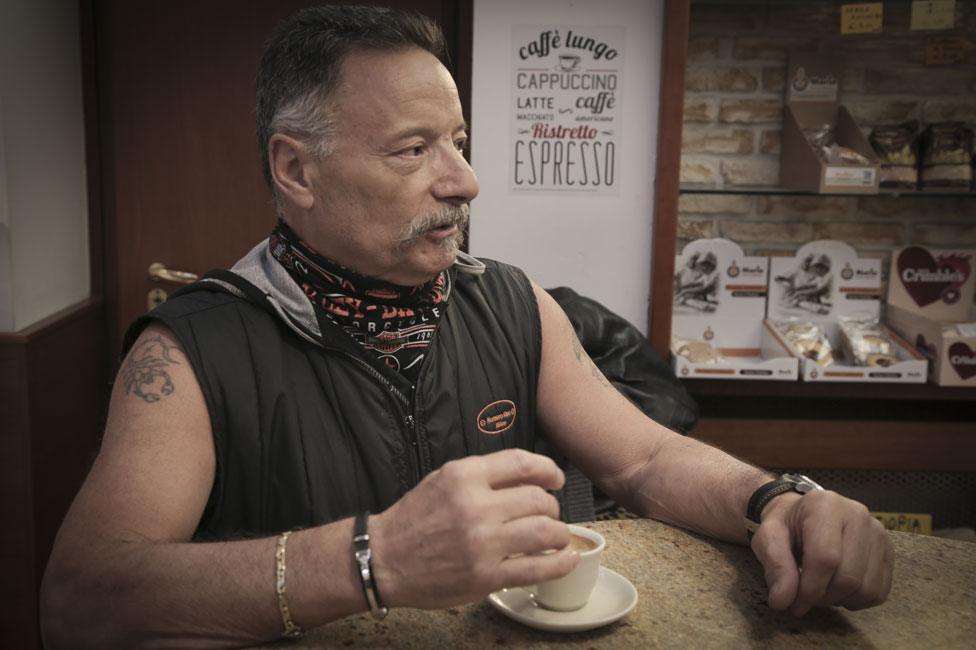
Danilo Mariotti, 68-year-old pensioner: "Every time an Italian has a coffee at Starbucks, a moka [stove-top espresso maker] will commit suicide."

Giulia Salteri, 22-year-old student: "If they have free wi-fi at Starbucks, why not? I'll go!"
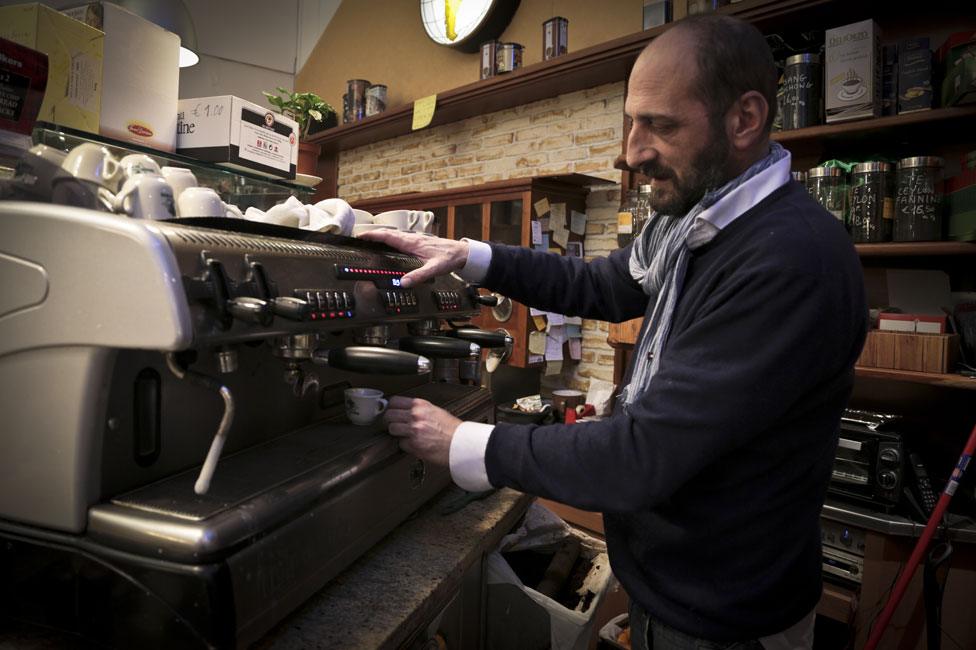
Paolo Ghidini, owner of a coffee-roasting business: "They'll never catch us!"
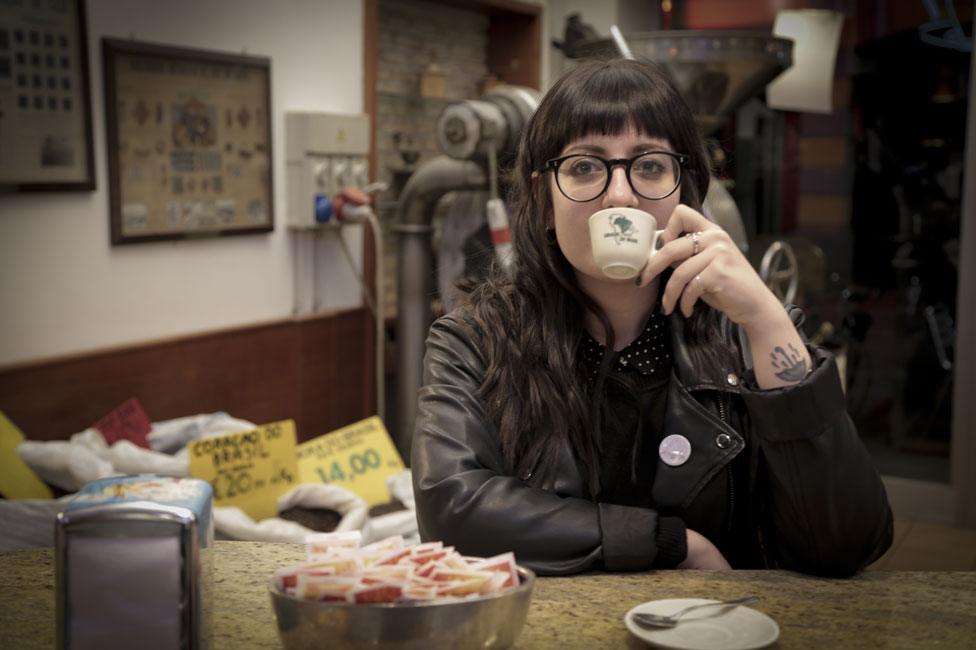
Malvina Berti, 26-year-old artist: "Italians do it better! "
Subscribe to the BBC News Magazine's email newsletter to get articles sent to your inbox.